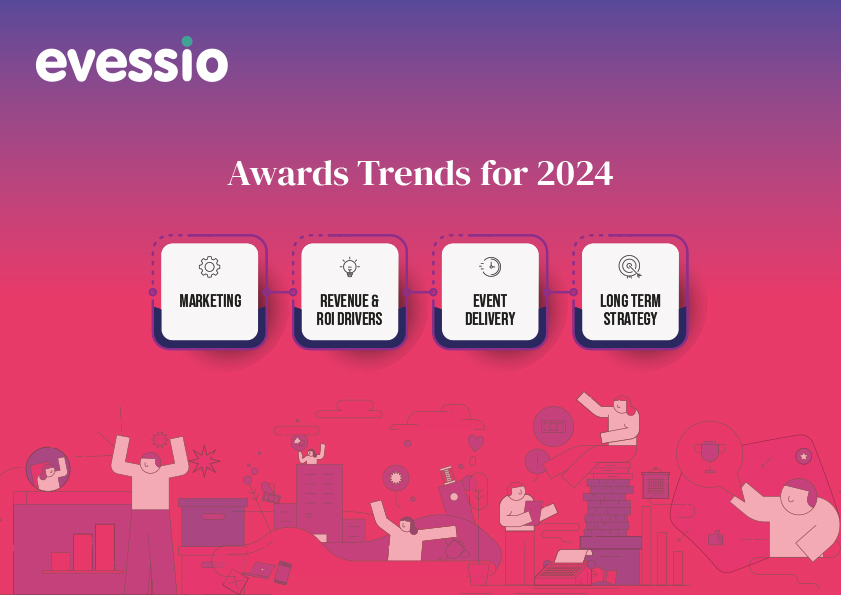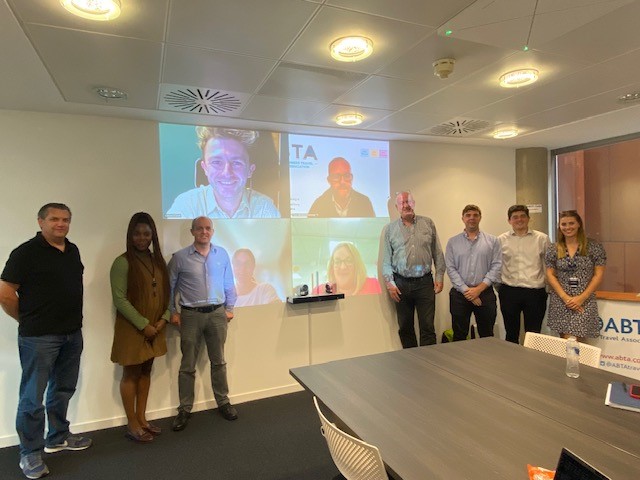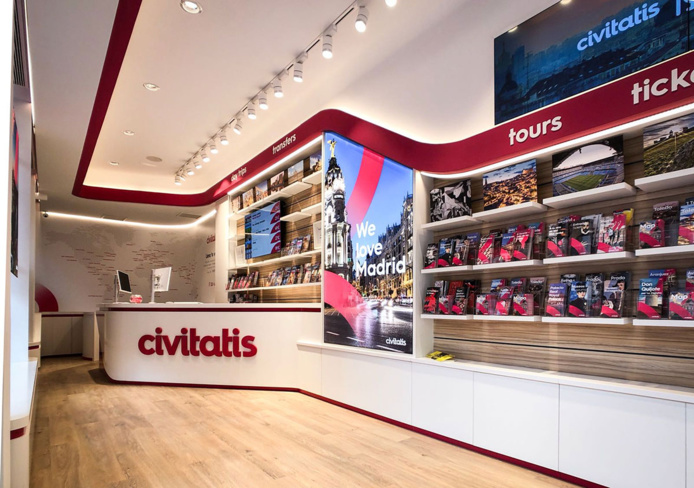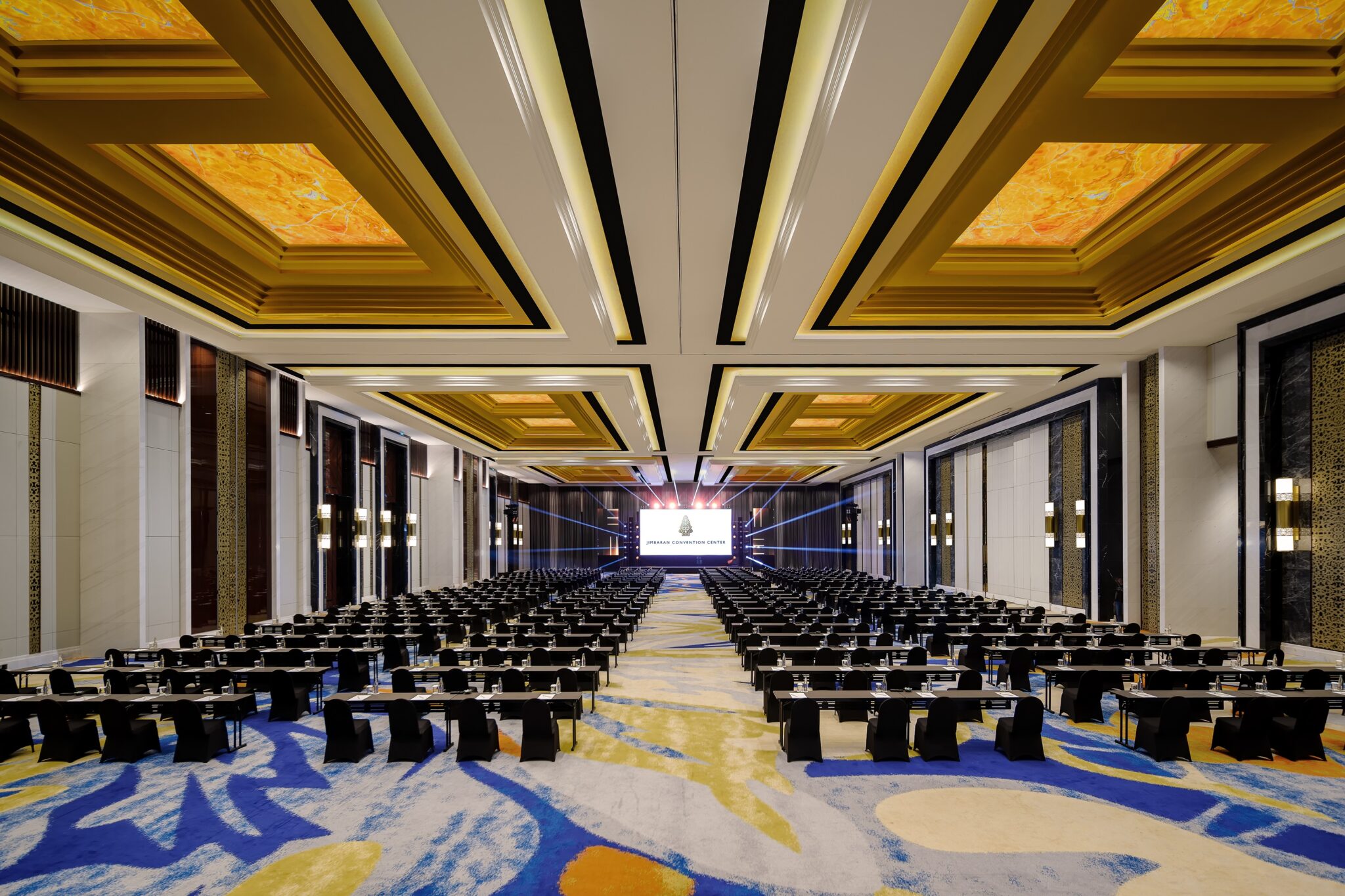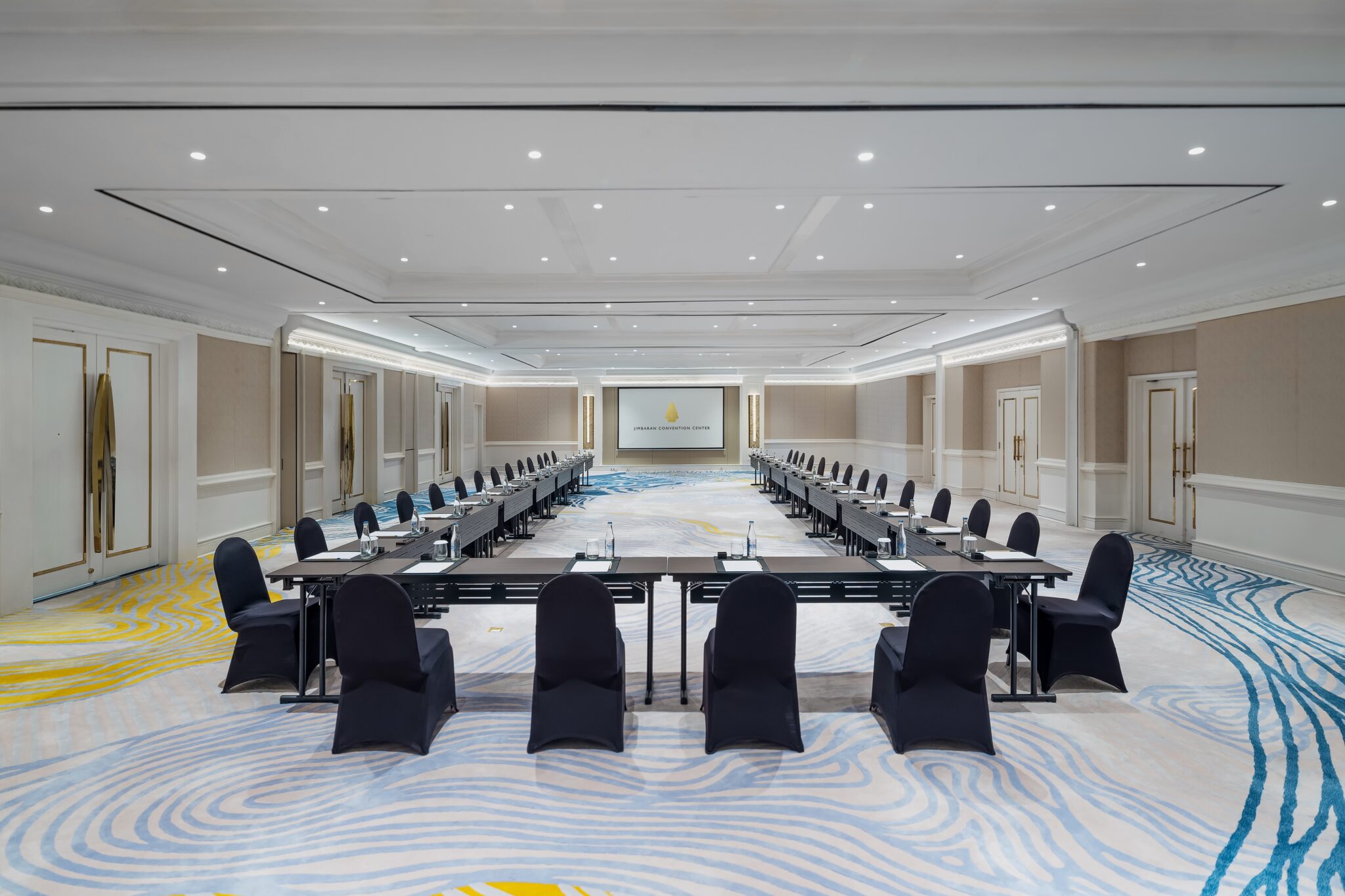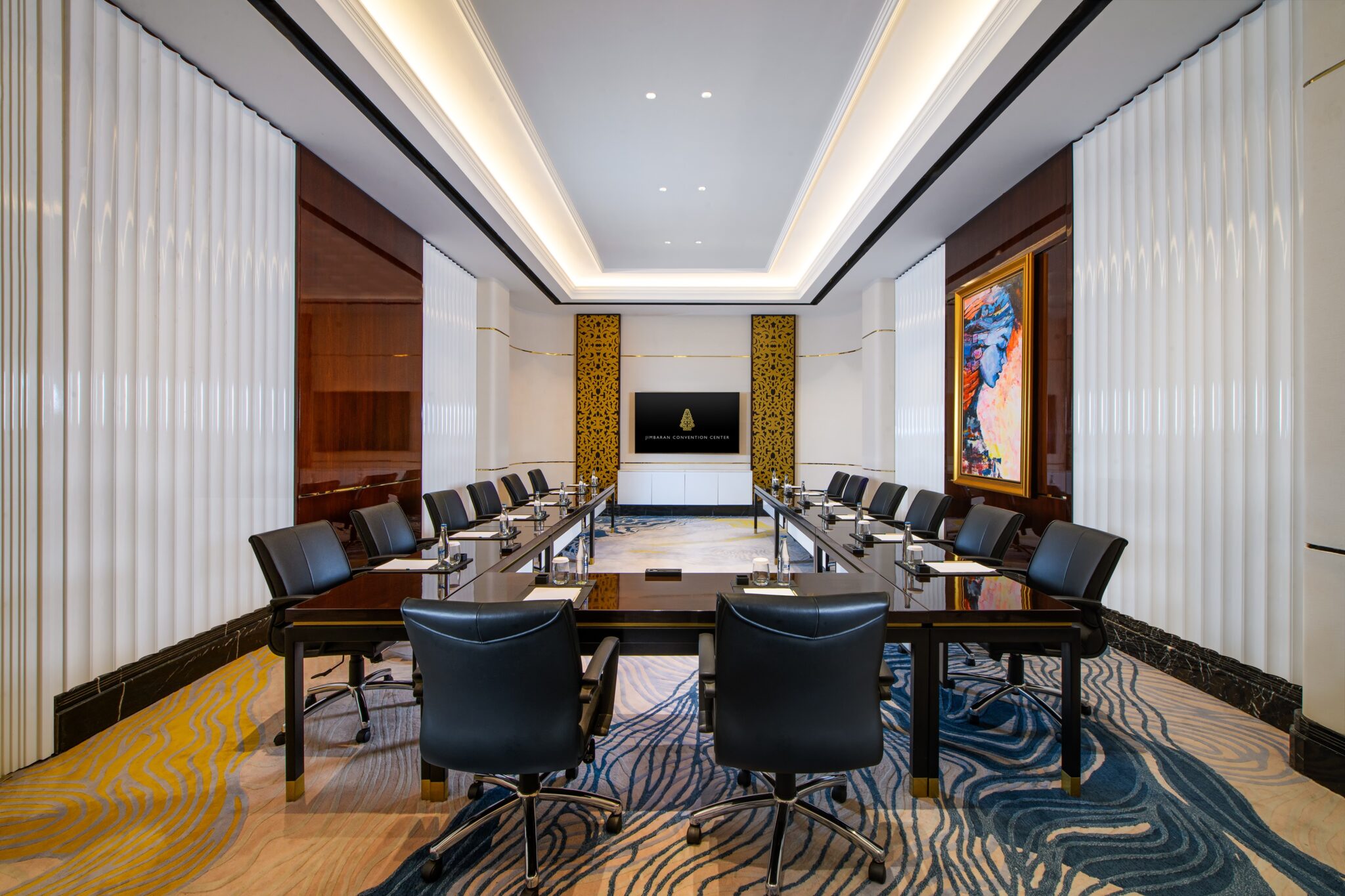The fundamental value of an airport – the ability to attract passengers who want to fly there – remains unchanged. But as passenger volumes continue to rise worldwide, the competition amongst airports to attract passengers and airlines is set to intensify. To stay ahead of the curve, there is an opportunity for airports to build a sophisticated IT environment that creates value for all stakeholders.
A new report, Strengthening the Airport Value Proposition, developed by Frost & Sullivan, and commissioned by Amadeus, looks at how airports can balance the often misaligned interests of different customers and stakeholders by focussing on the passenger. By doing so airports and airlines are able to identify shared value and incentives for greater collaboration and co-operation.

According to the report, the digital transformation of processes, well executed data analytics and insight sharing can allow airports to differentiate their offer to airline customers. For example, by using modern technology to deliver an improved traveller experience through smoother passenger processing and enhanced baggage reconciliation, airports can support airlines to deliver on their commitment to travellers. At the same time, the power of the cloud can improve how airports do business with airlines, delivering greater operational efficiency, flexibility and agility.
The report presents a set of recommendations for airports seeking to strengthen their value proposition, including make IT a strategic driver of value for airlines in key areas such as passenger experience; harness the potential of technology to secure competitive differentiation by improving operational efficiency; focus on the needs of the passenger as the ultimate (and shared) customer to identify areas for improvement for all stakeholders; use technology to enable new revenue streams and process innovation ;support airlines and increase airline satisfaction by using technology to increase agility, and remove complexity, in the airport environment.

Alexander Michael (above), director of consulting, digital transformation at Frost & Sullivan, said: “In the airport environment there are multiple stakeholders including airlines, ground handlers and passengers, often with differing needs and objectives. This is why one of the key findings of the report was to focus on the passenger as the ultimate customer, as this creates a shared incentive for greater collaboration and co-operation, shared KPIs between airlines and airports and a much better understanding of how airport stakeholders can positively affect each other’s business.”
John Jarrell (main picture), head of airport IT at Amadeus, said: “Without a doubt, route economics is fundamental to airlines when selecting airports. By incorporating IT into its value proposition, an airport can strengthen its positioning and points of differentiation in both the passenger experience and operational efficiency. Cost savings for customers may emerge as well as enhanced business models, which will strengthen the relationship between airports, airlines, other tenants and passengers. In the face of growing competition, IT spend at airports is increasing and fast becoming a strategic priority but, as this report demonstrates, airports could be moving faster.”



 share
share























